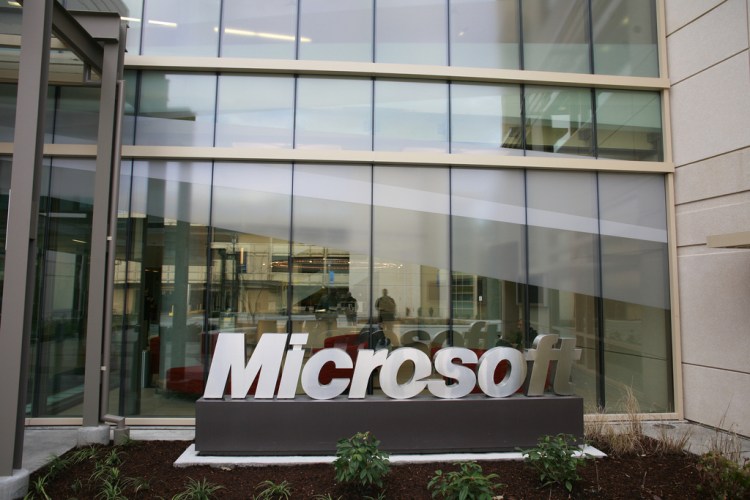Microsoft isn’t waiting for cloud workloads to appear out of thin air and land on the Azure public cloud. The company is instead building up its capabilities for slurping up applications from companies’ data centers, as well as other clouds.
A couple of months after acquiring business-continuity company InMage, Microsoft today announced a limited preview of a Migration Accelerator based on the InMage technology. The web-based feature will help admins discover workloads they can move to Azure. And that movement can happen in a matter of minutes.
“In summary, MA offers an unprecedented level of automation to provide seamless migration of heterogeneous assets, into Azure,” Srinath Vasireddy, principal lead program manager for cloud and enterprise at Microsoft, wrote in a blog post on the new tool.
Cloud analysts have been gradually coming around to Microsoft’s potential in the cloud and that momentum should continue, given chief executive Satya Nadella’s repetition of the “mobile-first, cloud-first world” line. That means Microsoft could pose a greater challenge to cloud providers including market leader Amazon Web Services.
June 5th: The AI Audit in NYC
Join us next week in NYC to engage with top executive leaders, delving into strategies for auditing AI models to ensure fairness, optimal performance, and ethical compliance across diverse organizations. Secure your attendance for this exclusive invite-only event.
Indeed, the Migration Accelerator tool can spot applications on the Amazon cloud and move them to Azure. But it can also sense apps running inside data centers that use Microsoft’s Hyper-V software for creating multiple virtual machines on each server. But Migration Accelerator can also handle workloads from data centers running VMware virtualization software.
VMware has been taking steps to make money when its customers decide to go to public clouds for certain types of computing and storage jobs, having set up the vCloud Air public-cloud service last year. But Microsoft has committed to matching prices in the Amazon public cloud, whose prices frequently get cut. And it’s possible that VMware customers might just be open to the idea of running some workloads on Azure. Today it’s clearer than ever that Microsoft wants to make that process as simple as possible.

